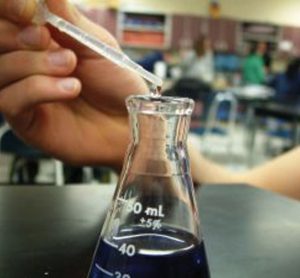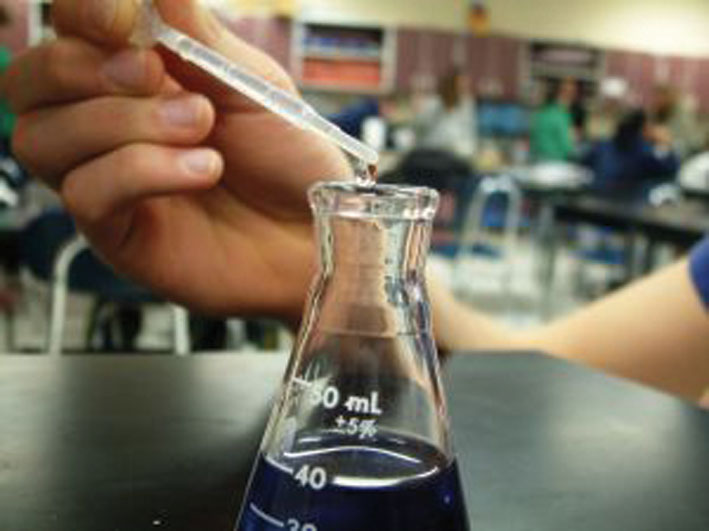Functional food markets – a recipe for success
23 May 2007 | By Jarmo Markula, Innoliito Concept Studio
Did you know that Finland is the leader in functional food innovations? It seems as though the Finns turn their weaknesses into strengths; they may not be very talkative, but they are leading producers of mobile phones, and they may not have a very rich food tradition, but they are…






